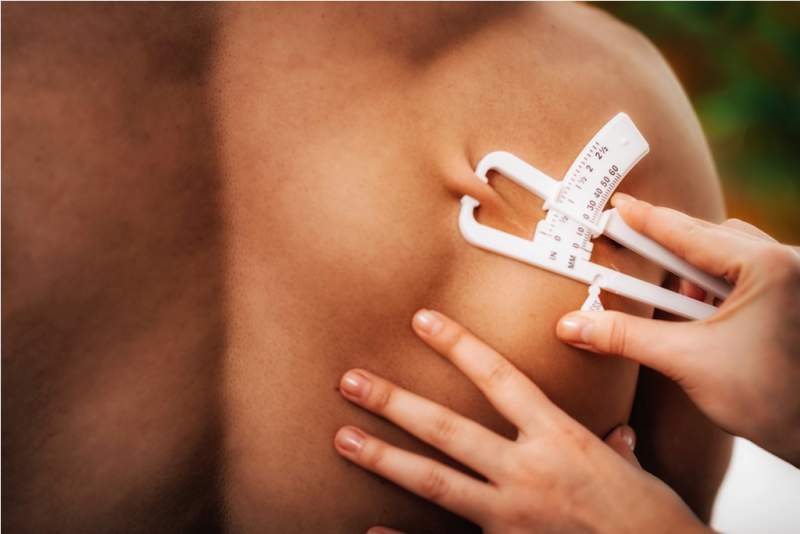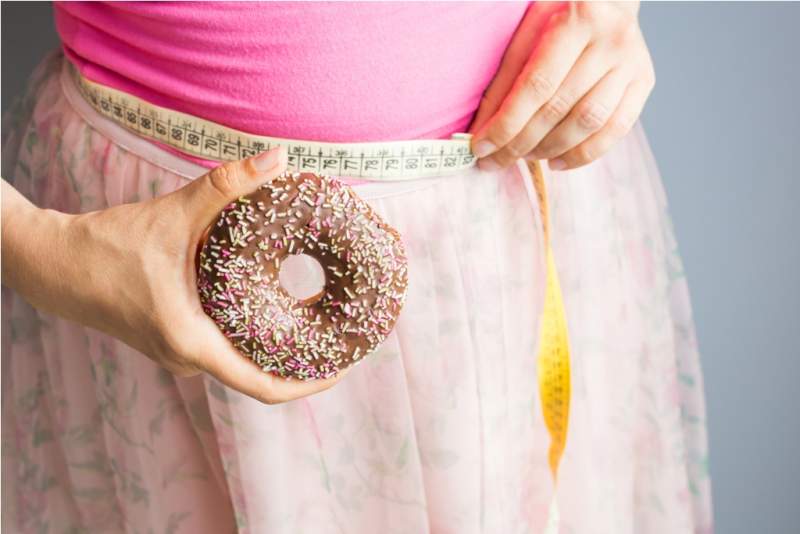Many of us believe that all of our weight loss problems would disappear if we eliminate fat completely from our diets. The fact is, it is not that simple. Our bodies actually need fats. They make up an important part of our healthy diet and benefit us by keeping delivering fat-soluble vitamins, keeping our skin soft, and energizing our body. However, it is easy to get confused between good and bad fats.
Most people do not even know how much fat we should consume, and what are the artery-clogging substances that we should totally avoid?
Some Facts about Fat
 Research on Fats, particularly dietary fat is continuously evolving. However, some things are clear. Dietary fats or fatty acids are present in both plants and animals. Some promote heart health while others impose a negative effect.
Research on Fats, particularly dietary fat is continuously evolving. However, some things are clear. Dietary fats or fatty acids are present in both plants and animals. Some promote heart health while others impose a negative effect.
The reason fat is an essential component just as much as protein and carbs is that some physiological functions depend entirely on it. Take an example of the vitamins in your body that can only dissolve into your bloodstream with the help of these fats. However, too much of something is not a good thing either. Too much fat can simply lead to gaining weight. All oils and food items have some sort of fatty acids mixture. It is the predominant fat type in them that classifies them as good or bad fat.
Bad Fats
 Fats that have a negative effect on your body include trans- fats and saturated fats. These fats have been proven to harm your heart. Unfortunately, a lot of food items that we find in our routine menu contain these, and you can guess them by how most of them stay solid at room temperature. These include butter, shortening, margarine, and pork or beef fat. Both Trans and saturated fat should be avoided. If you can’t eliminate them from your diet, limit their quantities.
Fats that have a negative effect on your body include trans- fats and saturated fats. These fats have been proven to harm your heart. Unfortunately, a lot of food items that we find in our routine menu contain these, and you can guess them by how most of them stay solid at room temperature. These include butter, shortening, margarine, and pork or beef fat. Both Trans and saturated fat should be avoided. If you can’t eliminate them from your diet, limit their quantities.
Saturated Fats
Saturated Fats are mostly animal based. You will find them in fatty meats and processed dairy products. A few typical sources of trans- fat include lard, cocoa butter, coconut oil, whole milk, cheese, sour cream, ice cream, dark chicken meat, poultry skin, pork, lamb, and fatty beef cuts.
If we consume excess fats, we run the risk of increasing our blood cholesterol levels, and our LDL level, both of which are connected to increasing the body’s risk for type 2 diabetes and heart disease. The risk is increased exponentially if you combine fats with a diet that is high in refined carbs.
Trans Fatty Acids
Trans Fat is present in foods that have some part hydrogenated vegetable oils. These are the worst type of fats. Sources of trans- fat include processed foods like popcorn, crackers, cookies, pastries and cakes, vegetable shortening, margarine, and deep-fried foods.
Trans- fat increase the LDL levels or what is called bad cholesterol. Trans- fat also suppresses high-density lipoprotein levels in our body, or what is referred to as the good cholesterol.
Therefore trans- fat put you at a higher risk for heart disease than saturated fats.
Good Fats
 Polyunsaturated and monounsaturated fats keep your body and heart healthy. However, you must include these in moderation. The foods that significantly contain healthier fats are noted to be in the liquid form mostly when left at room temperature like vegetable oil.
Polyunsaturated and monounsaturated fats keep your body and heart healthy. However, you must include these in moderation. The foods that significantly contain healthier fats are noted to be in the liquid form mostly when left at room temperature like vegetable oil.
Monounsaturated Fats
This is the healthy fat that you find in food items like oils. A lot of research has consistently proved that when you consume food that has monounsaturated fats in them, it actually works to improve the body’s blood cholesterol levels. These also eliminate your risk of cardiovascular disease. Some foods rich in monounsaturated fats include avocado, almond and peanut butter, peanut oil, canola oil, olive oil, pecans, peanuts, cashews, and almonds.
Polyunsaturated Fats
Plant-based oils and foods are considered being the main source of polyunsaturated fats. A lot like monounsaturated fats, this one also helps in lowering the risk for heart disease by controlling the bad cholesterol levels in your blood stream.
There is a certain type of fat, the Omega-3 Fatty Acids that specifically benefit your cardiovascular system. Omega 3 are not the only ones to lower the risk of your coronary artery disease. They also lower your blood pressure and prevent the heart from suffering from irregular heartbeats. The types of fatty fish that are filled with omega-3 fatty acids include trout, sardines, herring, and salmon.
If you are not a big fan of seafood other rich sources of Omega 3 include canola oil, walnuts, and flaxseed. However, these sources contain a less active form than the meat.
Apart from Omega 3, there are plenty of sources that harbor polyunsaturated fats like liquid margarine, sunflower oil, soybean oil, sesame oil, safflower oil, corn oil, sesame seeds, pumpkin seeds, sunflower seeds, walnuts, soy nut butter, roasted soybeans, and tofu.
It is important to note that margarine might have trans- fat, especially if they are created from hydrogenated ingredients. Therefore you must choose the non- hydrogenated versions.
Unfortunately, around the world labeling laws allow companies to round the fat percentage to zero even if there is some fat present in the food item. Therefore no matter what the bold font at the front of the packaging says, always read the ingredient list to see what the food you are about to buy really consists of. You can always ask your nutritionist to help you make the right diet decisions.
It’s never too late to Make Healthy Lifestyle changes
If you feel that you are unhealthy already, you can always switch to good fats and keep them at moderate consumption to reverse the effect of the bad fats. Changing your lifestyle and adding high-intensity exercises to your fitness routine will help speed up the fat-loss process. Remember exercises such as strength training can get rid of unwanted fat and give you a toned appearance. You can opt for CoolSculpting to tone the stubborn bulges that remain unaffected by dietary changes and exercise.
Author Bio:
Judy Robinson is a passionate health and lifestyle blogger. She loves to write on healthy lifestyle, fitness 101 and DIY related topics. Follow @judyrobinson for more updates.
